
Amaranthus sp.
amaranth is one of the most nutritious grains in the world. Hopi indians saved seed on a particular variety called 'Hopi Red Dye' named accordingly for the deep red hues it provided.
|

Cynara cardunculus var. scolymus
artichokes are a perennial vegetable native to the Mediterranean and is related to thistles. we eat the buds of the plant. beautiful yellow dye can be obtained from the leaves which is traditional to the Provence region of France. A liqueur can also be made from the artichoke.
|

Phaseolus vulgaris
look at the gorgeous color of this heirloom variety of cranberry bean. here we're shelling the bean to be used for a slow food dinner.
|
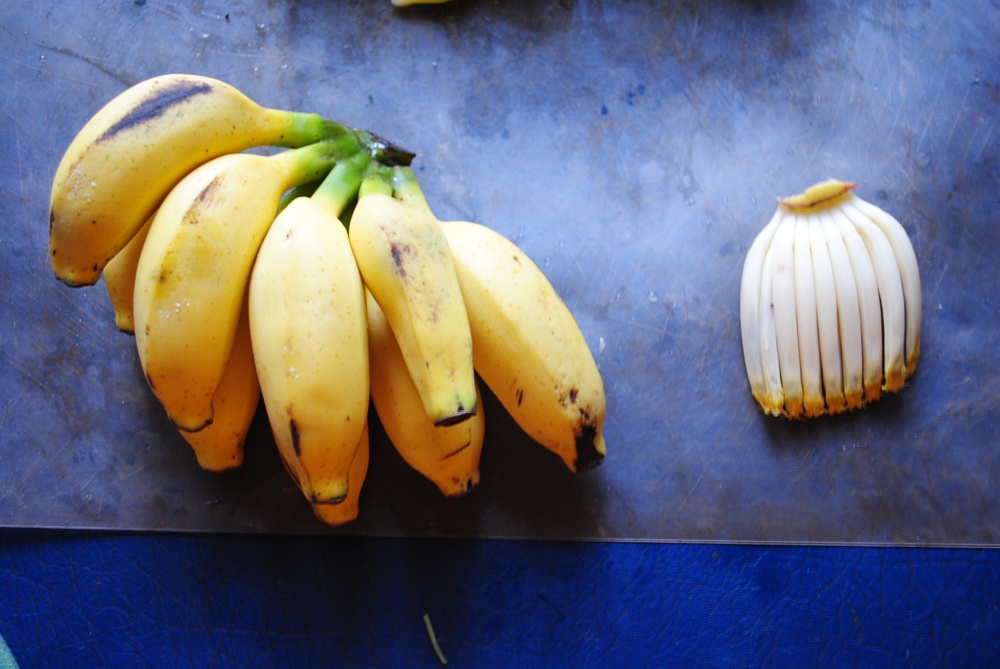
Musa sp.
every fruit begins as a flower. here you can see the flowers before and after pollination. banana flowers are prepared in southern india in a variety of dishes.
|

Brassica oleracea
during world war II, the UK encouraged its citizens to grow kale as a part of the "Dig for Victory" campaign.
|
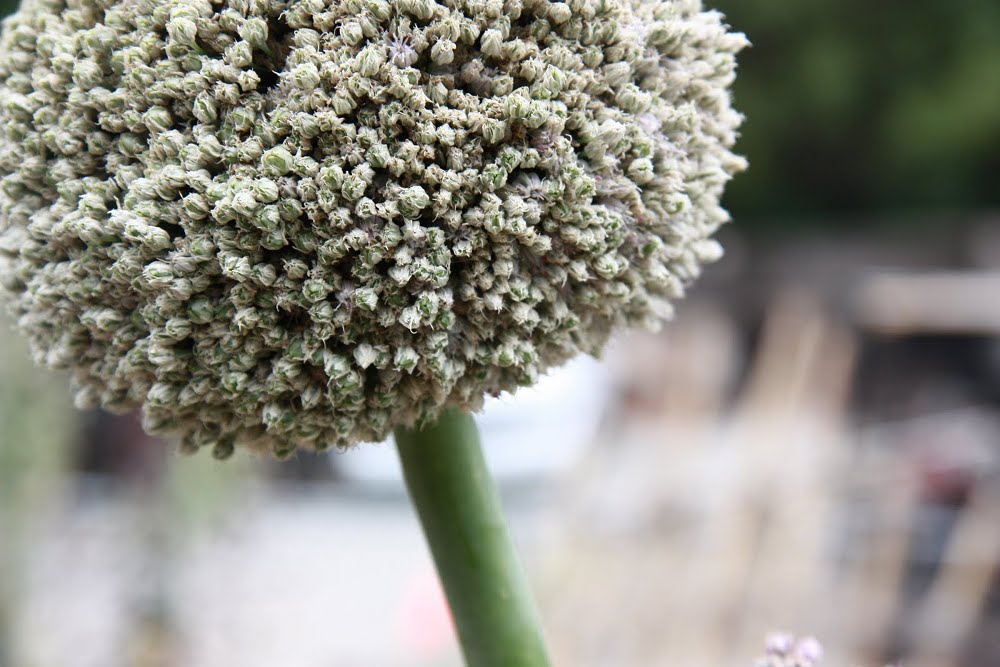
Allium ampeloprasum var. porrum
leeks are a delicious addition to many dishes and also adorn the garden with their tall globe inflorescences. the sphere is a pattern found in many aspects of nature.
|
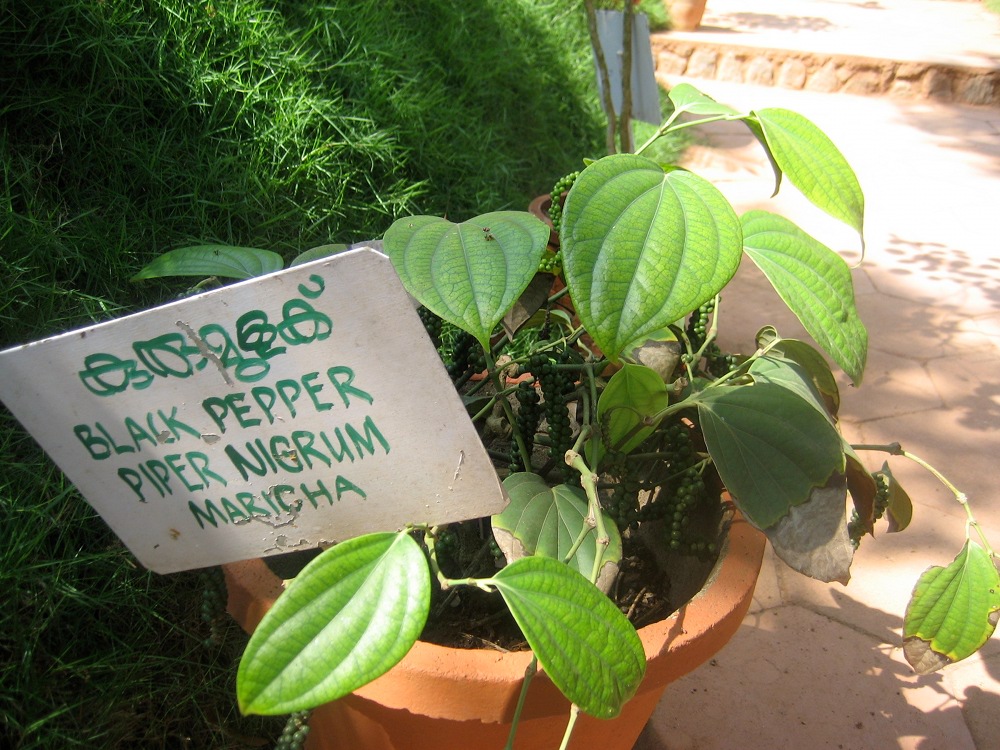
Piper nigrum
one of the most fought over spices in the world, black pepper is a staple at dinner tables. Tellichery pepper is grown on the malabar coast of the southern Indian state of Kerala. this photo was taken at an ayurvedic garden in Thiruvananthapuram.
|
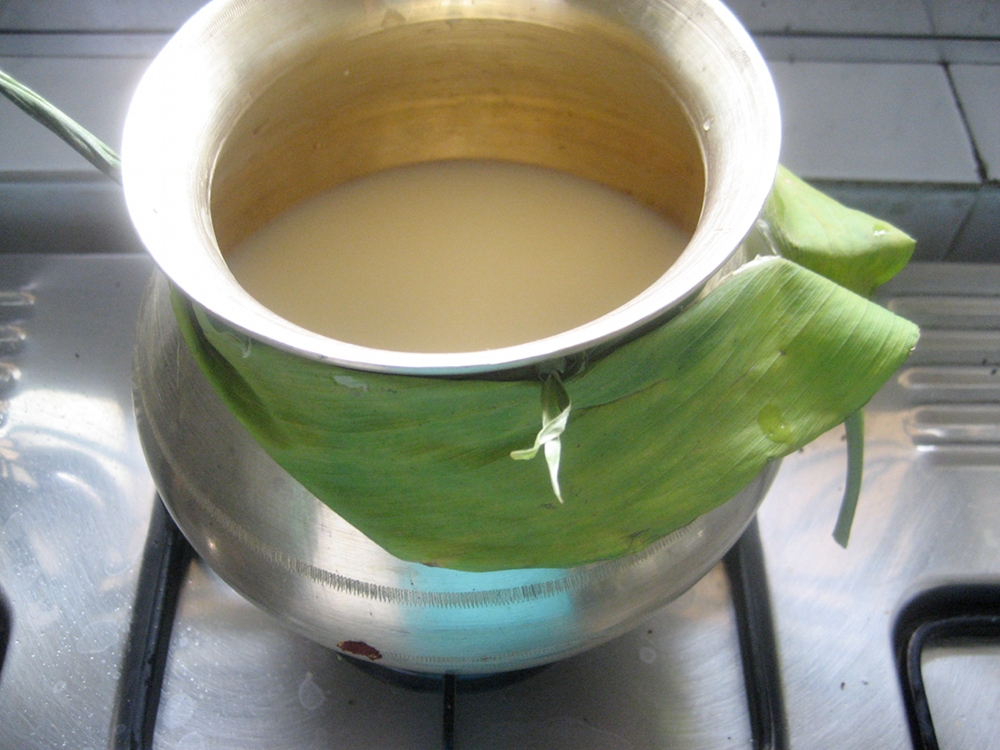
In Tamil Nadu a large harvest festival is celebrated in January called Pongal. On the first day you prepare a sweet dish with milk, rice, sugar and cardamom. As the rice boils in the milk all members of the family watch the pot and chant for it to boil over, which represents abundance and plenty. The pot itself is adorned with the leaves of the turmeric and ginger plants.
|
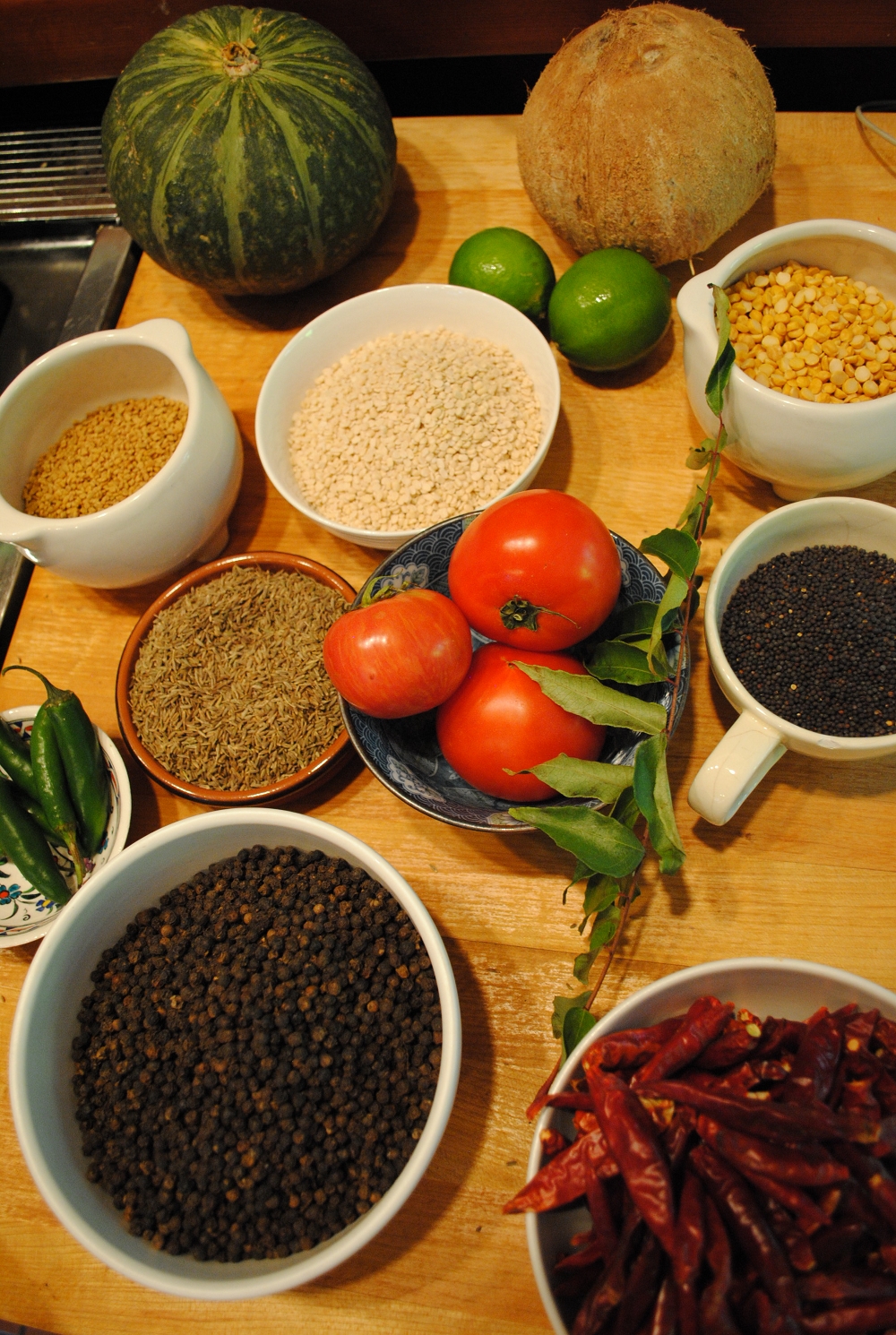
a typical collection of ingredients for Tamil cookery: mustard seeds, dried red chilis, black peppercorns, green chilis, fresh curry leaves, cumin seeds, coriander seeds, urad dal, channa dal, lime and coconut.
|
